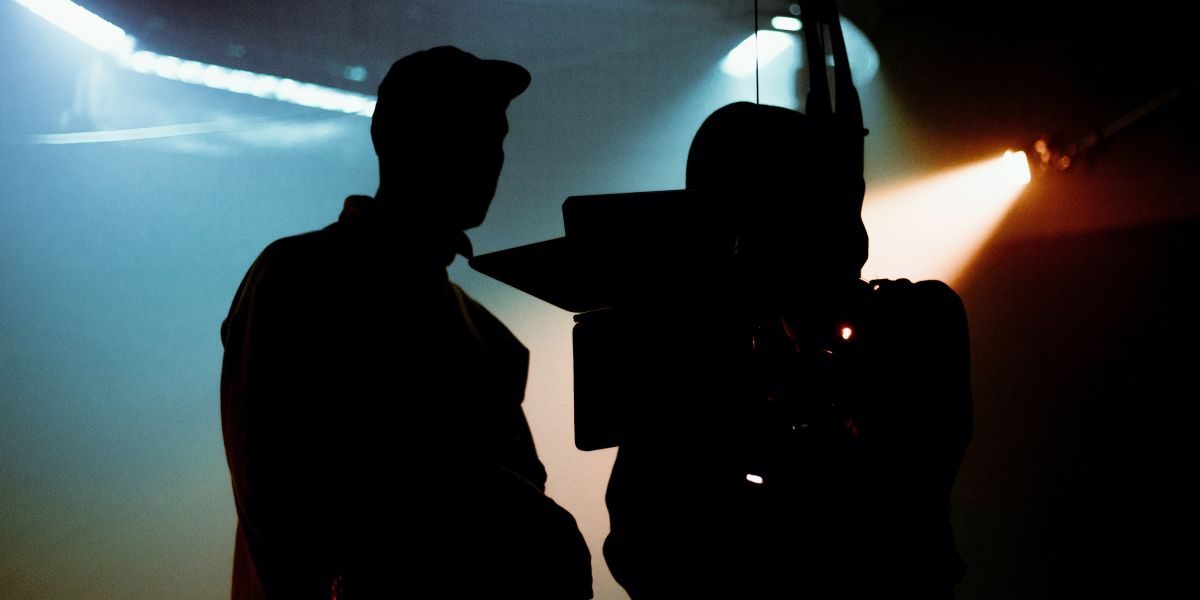As video footage becomes more common in security, legal, and media fields, redacting sensitive information is crucial to protect privacy and comply with regulations like GDPR and FOIA. Traditionally, this redaction has been done manually by trained professionals watching hours of footage, identifying faces, license plates, or other sensitive data, and obscuring them frame by frame.
But as video volumes explode and privacy laws tighten, manual redaction is showing its limits. Automated video redaction software is rapidly becoming the smarter, faster, and more reliable alternative. Here’s why relying solely on human eyes just isn’t enough anymore.
The Challenges of Manual Video Redaction
Manual redaction is painstaking, time-consuming, and prone to error. Here are some of the key issues:
1. Time-Consuming Process
Redacting even a short video manually can take hours. Each frame has to be carefully reviewed, and sensitive elements tracked and obscured. For organisations handling hundreds or thousands of hours of footage, it quickly becomes overwhelming to anonymise people in videos.
2. Human Error
No matter how diligent, humans can miss details, especially in long, repetitive tasks. Faces in shadows, quick movements, or partial views can be overlooked. Missed redactions can lead to privacy breaches and legal consequences.
3. High Costs
Manual redaction requires skilled staff and considerable labour hours, which adds up in costs. It’s simply not scalable for organisations with growing video archives.
4. Inconsistent Results
Different operators may apply redactions differently, leading to inconsistent privacy protection. This can damage an organisation’s reputation and create compliance risks.
Why Automated Video Redaction is the Game Changer
Automated redaction software uses AI and machine learning to detect and obscure sensitive information across thousands of frames instantly. Here’s why it’s better:
1. Speed and Efficiency
Automation processes video footage exponentially faster than humans. What takes hours manually can be done in minutes, freeing up staff for more important tasks.
2. Improved Accuracy
AI-powered detection is trained to spot faces, number plates, logos, and more—even in low light or crowded scenes. It tracks moving objects continuously, reducing the risk of missed redactions.
3. Scalability
Automation handles vast amounts of footage without extra staffing costs. Whether you have dozens or thousands of hours, the software scales to meet demand.
4. Consistency
Automated tools apply redactions uniformly across videos, ensuring privacy standards are met every time. This reduces compliance risks and builds trust with stakeholders.
5. Customisable Controls
Despite automation, many tools allow manual overrides so users can adjust redactions where needed.
When Human Oversight is Still Important
While automation is powerful, it’s not perfect. Human oversight remains vital to:
- Verify final redactions before public release
- Handle complex cases where context matters
- Make judgement calls on what should or shouldn’t be redacted
- But this oversight is far less time-intensive than fully manual redaction.
Why You Should Not Settle Without a Free Trial
Video redaction software providers want to showcase their amazing products. They understand that the market is busy and they need to stand out. So, in order to demonstrate just how good their software is, they offer free trials. This is something that you can use to your advantage when you’re shopping around. Of course, you’re not going to pay a cent to test out their product. Here’s why you should never pass up this opportunity.
Confirm the Accuracy Rate
Most reputable software providers will give you an accuracy rate for their video redaction products. Indeed, it’s encouraging when this is high. But, you never know whether you can rely on a product until you try it out for yourself. This is where a free trial comes in. This is your opportunity to test how well it does with footage you have. Then, you can have confidence in what you’re spending money on.
Try the Interface
Some people are great at using new technology and can adapt quickly. Others take more time and require simpler interfaces. With a free trial, you can test it on behalf of your team. You can see whether the process is easy to follow and how advanced you have to be to operate it. If you think it’s great for your team, you can go ahead and spend money. If you find that it’s overly complicated, you can move on to another option without wasting anything.
Understand the Features
Some video redaction software is simple and others have advanced features. With a free trial, you can explore your options and see whether you’d benefit from any of these features with your business. You might find that you’d be spending money unnecessarily if the answer is no and a cheaper option is available.
Conclusion
Manual video redaction worked when video was limited and privacy rules were looser. But today’s vast video volumes and strict regulations demand a faster, more accurate approach.
Automated video redaction software offers:
- Dramatic speed improvements
- Higher accuracy and reliability
- Scalable solutions for growing archives
- Consistent compliance with privacy laws
Human eyes still play a role, but automation is now an essential tool to keep up with modern demands. Investing in the right redaction technology means saving time, reducing risk, and protecting privacy better than ever.

















